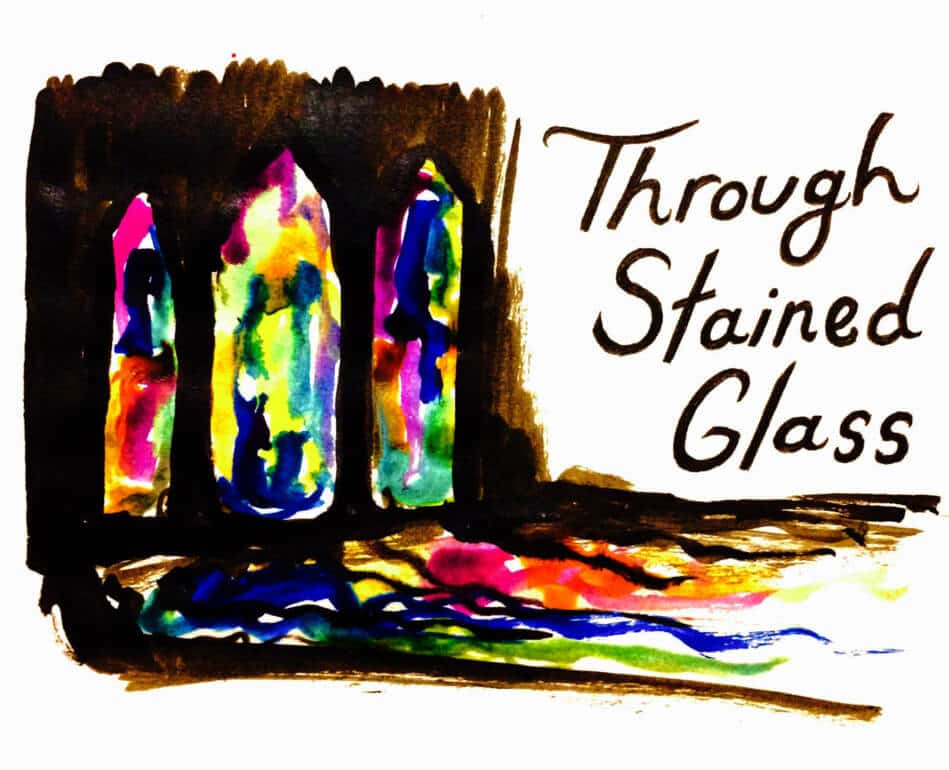Open yourself up to the divine by appreciating the ordinary
 Those who know me a little know I love the music of Bruce Springsteen; those who know me better know I am also a devout Van Morrison fan. His music, which seems to transcend genre as it captures the spirit of rock, roots, blues, gospel and more, plumbs the depths of what is to be human, and opens its listeners to the mystical and magnificent things in life revealed in sometimes ordinary things. I particularly like the album Avalon Sunset, released in 1989 when Morrison was older and more settled, in which he sings from a place of peace and contentment in life. In an interview about this album, he said simply, “I produce better work if I’m content.” The evidence of this album suggests this was indeed the case.
Those who know me a little know I love the music of Bruce Springsteen; those who know me better know I am also a devout Van Morrison fan. His music, which seems to transcend genre as it captures the spirit of rock, roots, blues, gospel and more, plumbs the depths of what is to be human, and opens its listeners to the mystical and magnificent things in life revealed in sometimes ordinary things. I particularly like the album Avalon Sunset, released in 1989 when Morrison was older and more settled, in which he sings from a place of peace and contentment in life. In an interview about this album, he said simply, “I produce better work if I’m content.” The evidence of this album suggests this was indeed the case.
In the spoken-word Coney Island, Morrison suggests, implicitly, that this deep contentment is a source of spiritual satisfaction, hinting that the divine may be revealed in the ordinary: a rainy day, good food, meaningful conversation with significant people. It would seem that, to Morrison, the church doesn’t hold the only sacraments of life; indeed, the ordinary things in life can hold a sacramental quality, opening us to the mysterious presence and powerful grace of God.
One of my favourite songs, When Will I Ever Learn, suggests one way of finding God by looking all around us. Not stuck in traditional religious form, Morrison reminds us – in words and feelings suggestive of the Romantic era – that through experiencing the presence of the eternal and mystical, we might be transformed: “Suffering longtime angel enraptured like Blake / Burn out the dross, innocence captured again.” That possibility of openness to the world as beautiful and being transformed is all around us. Grace is manifest in what we see, experience, even what we read: “You brought it to my attention / That everything that was made in God / Down through centuries of great writings and paintings / Everything was in God.”
As I teach my current course, The Bible and the Arts, I am mindful that the art, music and literature we explore is not just the object of academic study, but a doorway into that mystical transcendent presence that can bring us comfort and challenge, illumination and transformation. Looking at great works by Brueghel and Caravaggio, hearing the music of Brahms and Handel, reading the literature of Dostoevsky, Flannery O’Connor, Oscar Hijuelos and others opens me to a different realm. I am awakened to the power and presence of God in “great writings and paintings,” in the architecture and art of the Chapel, in the ordinary things I experience in daily life.
Over the years in this course, I have taught John Steinbeck’s classic novel of Depression-era struggle, The Grapes of Wrath. It is not an easy read, and I generally encourage the class to immerse themselves in the reading, to look beyond the story and beyond the biblical motifs so that the story, the experiences of the main characters and the issues raised would both enlighten our understanding of this time in American history and nurture our sense of compassion. It should speak not only to our minds but also to our spirits. It is occasionally to my intense satisfaction that the classroom discussion suggests the novel stirs up not only ideas but feelings, and that it touches something deep within our lives. We move from simply reading to living the book. I quote, with permission, from one student’s written reflection: “I am on an ever-growing path to self-improvement and The Grapes of Wrath has been a considerable stepping stone; I attribute to it the opening of my heart.”
In the ordinary and in the arts, we can be opened to the presence of the divine, and see beyond ourselves. In the ordinary and in the arts, our hearts can indeed be opened, innocence captured again, and joy and compassion made full. Perhaps I will retreat to the sanctity of the Chapel once more, to read more spiritually by the light of God, streaming in through stained glass.





